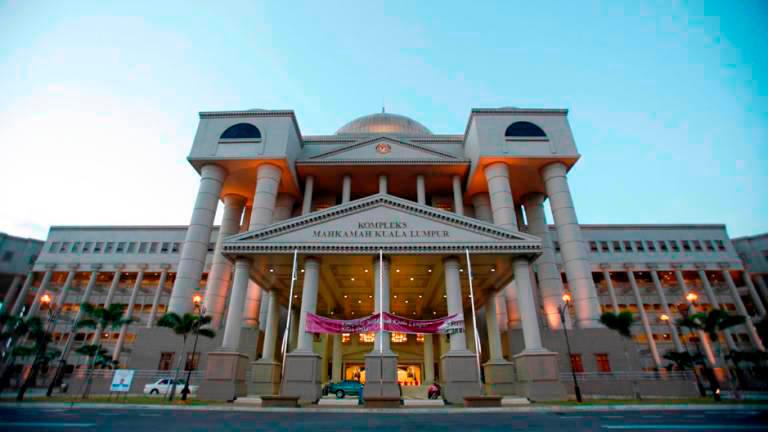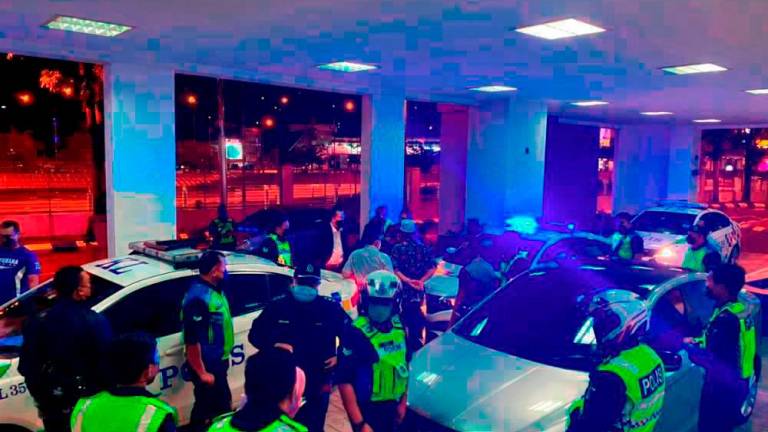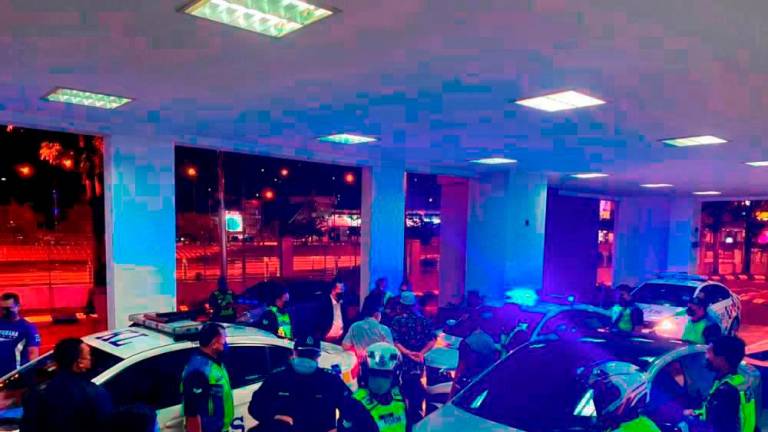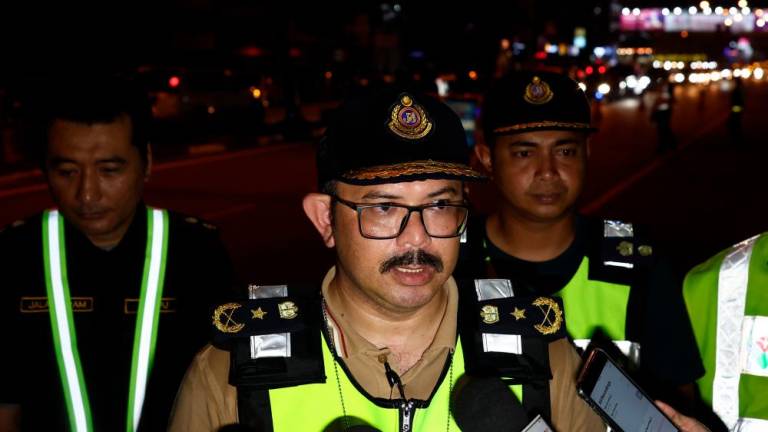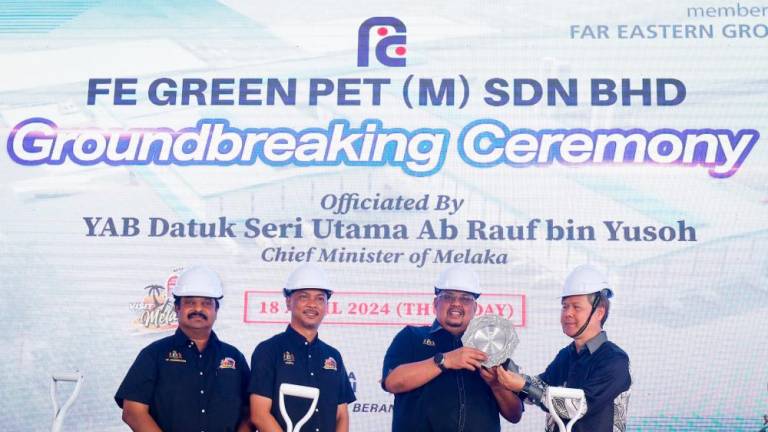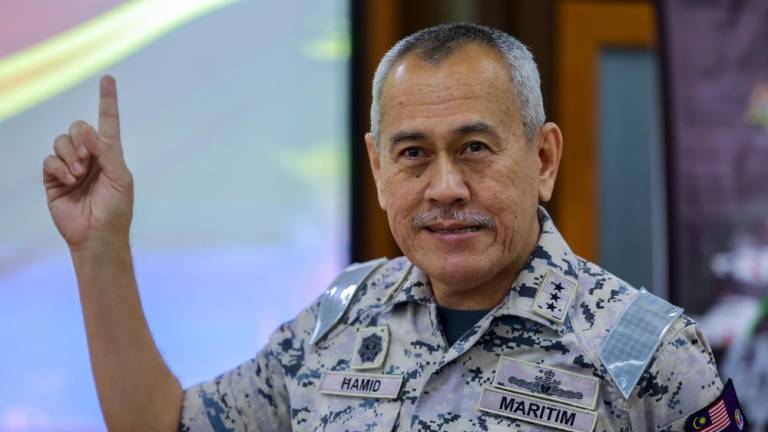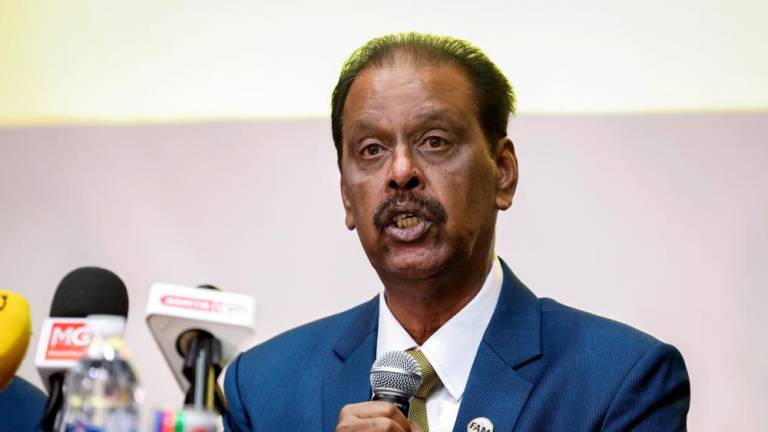DESPITE various efforts taken to reduce the development gap between the Peninsular and East Malaysia over the five-year implementation of the 11th Malaysia Plan (2016-2020), Sabah
and Sarawak continue to face enormous challenges in catalysing socio-economic development.
According to the 12th Malaysia Plan (12MP), both Sabah and Sarawak recorded the lowest gross domestic product (GDP) growth compared with other states – at merely 1.0% and 0.9% per annum, respectively, between 2016 and 2020. The economic performance of both states during the past five years is lower than the national average of 2.7% per annum.
Besides the ongoing Covid-19 pandemic, the low prices of crude oil, palm oil and rubber are among the factors leading to the slower economic growth in Sabah and Sarawak, translating to a higher poverty rate of 25.3% and 12.9%, respectively, in 2020.
Among the 10 poorest districts in Malaysia, eight are from Sabah and one from Sarawak. Out of the eight poorest districts in Sabah, Tongod (56.6%) is the poorest district, followed by Pitas (53.6%), Kota Marudu (46.1%), Beluran (45%) and Kudat (41.5%). In contrast, Pusa is the poorest district in Sarawak, which is at 38.6%.
The continuous closure of international borders has also hit the tourism industry hard. Foreign tourist arrivals to Sabah plunged by 87.7% from 1,469,475 in 2019 to 180,284 in 2020. Similarly, Sarawak recorded a drastic drop of 82.6% from 2,082,444 to 363,304 within the same period.
In addition, the Covid-19 pandemic further exposed how vulnerable Sabahans and Sarawakians are when it comes to accessing roads and treated water supply as well as health, education and digital infrastructure.
Although a total of 892.2km of rural roads in Sabah and 795km in Sarawak were constructed and upgraded in the 2016-2020 period, only 44% of the 15 work packages for the Pan Borneo Sabah project has been completed. While 59.4% of the Pan Borneo project in Sarawak is completed.
Aside from sanitation and drainage systems, the provision of sewerage and waste disposal services in rural Sabah and Sarawak remains a challenge due to the sparsely-populated areas, challenging geographical terrain and poor accessibility to project sites. State district officers still have to drive through muddy, uneven roads, besides having a boat ride to reach the remote or rural population.
A low return of investment in rural areas, high permit charges and complicated local authority procedures are issues that have eventually deterred telcos from providing digital services. As students have to depend on a particular spot to gain internet access for online learning, Veveonah Mosibin from Pitas in Sabah had to climb a tree to have a reliable internet connection during her exams.
A teacher from Sarawak had to lead a group of primary and secondary school students from his village in Nanga Sumpa and nearby Nanga Jambu in Lubok Antu on a jungle trek just for better internet coverage.
Sabah and Sarawak also have a smaller distribution of doctors than on the peninsula. In 2019, the official ratio of doctors to the population in Sabah and Sarawak was 1:817 and 1:682, respectively, lower than the national average of 1:482. Thereby, lack of medical specialists and amenities has raised the cost of healthcare.
Limited access to digital devices has deprived some students based in rural areas of accessing online learning materials. Moreover, the issue of dilapidated schools in both Sabah and Sarawak is a hindrance for students to experience a conducive teaching and learning environment.
The number of students graduating from remote Sabah and Sarawak is lower due to a limited number of Comprehensive Special Model Schools 9 (K9), which offer schooling from Year One to Form Three.
As a result, only 12.7% and 13.4% of the rural workforce in Sabah and Sarawak received tertiary education qualifications in 2020.
Low educational attainment and insufficient skill-sets among East Malaysians resulted in a lesser workforce working in high-productivity and knowledge-intensive sectors. According to the 2019 Household Income and Basic Amenities Survey Report, the composition of skilled workers in Sabah and Sarawak only comprises 14.4% and 20.3%, respectively.
As most Sabahans and Sarawakians are involved in low-skilled jobs, this contributes to low median household income in the rural areas of both states, which was at RM3,172 for Sabah and RM3,195 for Sarawak in 2019, compared with the national average of RM3,828.
Due to under-developed infrastructures, Sabah and Sarawak continue to face challenges in attracting investment for industrial development. When there is a lack of supportive ecosystem (i.e. availability of local technology, skilled talent, efficient supply chain and attractive incentives), lower production, together with lower investment and consumption, this would result in lower GDP growth, and by extension, higher unemployment.
In turn, Sabah continues to record the highest unemployment rate in the country (from 5.8% in 2019 to 8% in 2020). For Sarawak, the rate increased from 3.1% in 2019 to 4.3% in 2020. Youth unemployment has become an issue among East Malaysians. In 2020, 17.3% and 12.3% of Sabahan and Sarawakian youths were jobless, higher than the national average of 12%.
Therefore, to narrow the socio-economic gap between East Malaysia and the Peninsular, EMIR Research has the following policy suggestions for both federal and state governments to look into:
1. The federal and state governments should conduct periodic reviews (i.e. once in three months) for all short-, medium- and long-term development strategies together, ensuring all plans can be implemented within a specific timeframe;
2. The state government agencies in both states have to work closely together with the private sectors in rural areas to help attract higher value investment, promote rural tourism activities and agro-tourism, enable the product to be sold via digital applications and social media, as well as enhance employability through knowledge enhancement and skills training;
3. Both state governments have to increase crop diversification and produce high-quality agricultural products to diversify the revenue stream. Besides reducing dependence on palm oil production, Sabah and Sarawak could potentially develop to become Borneo’s food hub to fulfil increasing demand from major markets such as China, Singapore and Brunei;
4. Federal Agricultural Marketing Authority and related government agencies can assist rural farmers in both states in transporting agricultural products to major cities within both states or for export, which in turn can lift the eight poorest districts in Sabah out of poverty;
5. The federal government needs to expand fibre optic networks, together with the commercial development of communication infrastructure in the rural areas of Sabah and Sarawak, bringing connectivity to more households and entrepreneurs, on top of bridging the digital divide between urban and rural areas;
6. The federal government needs to work closely with the Communications and Multimedia Commission as well as local authorities and state governments to ensure there is no variation in quality and cost of building digital infrastructure in both Sabah and Sarawak; and
7. Both state governments have to improve coverage of primary healthcare in remote areas, with the provision of a mobile clinic and flying doctor services.
It is good that Sabah and Sarawak will each continue to receive between 15% and 18% annually of the total basic development allocation to improve infrastructure and basic facilities in both states under the 12MP.
However, to realise the goal of increasing Sabah and Sarawak’s annual GDP growth to 6.5% and 5.3%, respectively, it is time for both state governments to enhance the development potential of cities and towns in the next four years. For instance, Keningau, Kota Marudu, Lahad Datu, Sandakan and Tawau in Sabah, as well as Bintulu, Kapit, Miri and Sibu in Sarawak have their respective strength to generate more economic activities.
In a nutshell, relative equitable distribution of socio-economic benefits across income groups, ethnicities and states will provide an opportunity for Sabahans and Sarawakians to sustain their economic livelihoods,
thus generating socio-economic development in both states.
Amanda Yeo is Research Analyst at EMIR Research, an independent think-tank focused on strategic policy recommendations based on rigorous research.
Comments: letters@thesundaily.com







